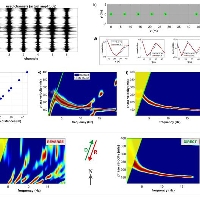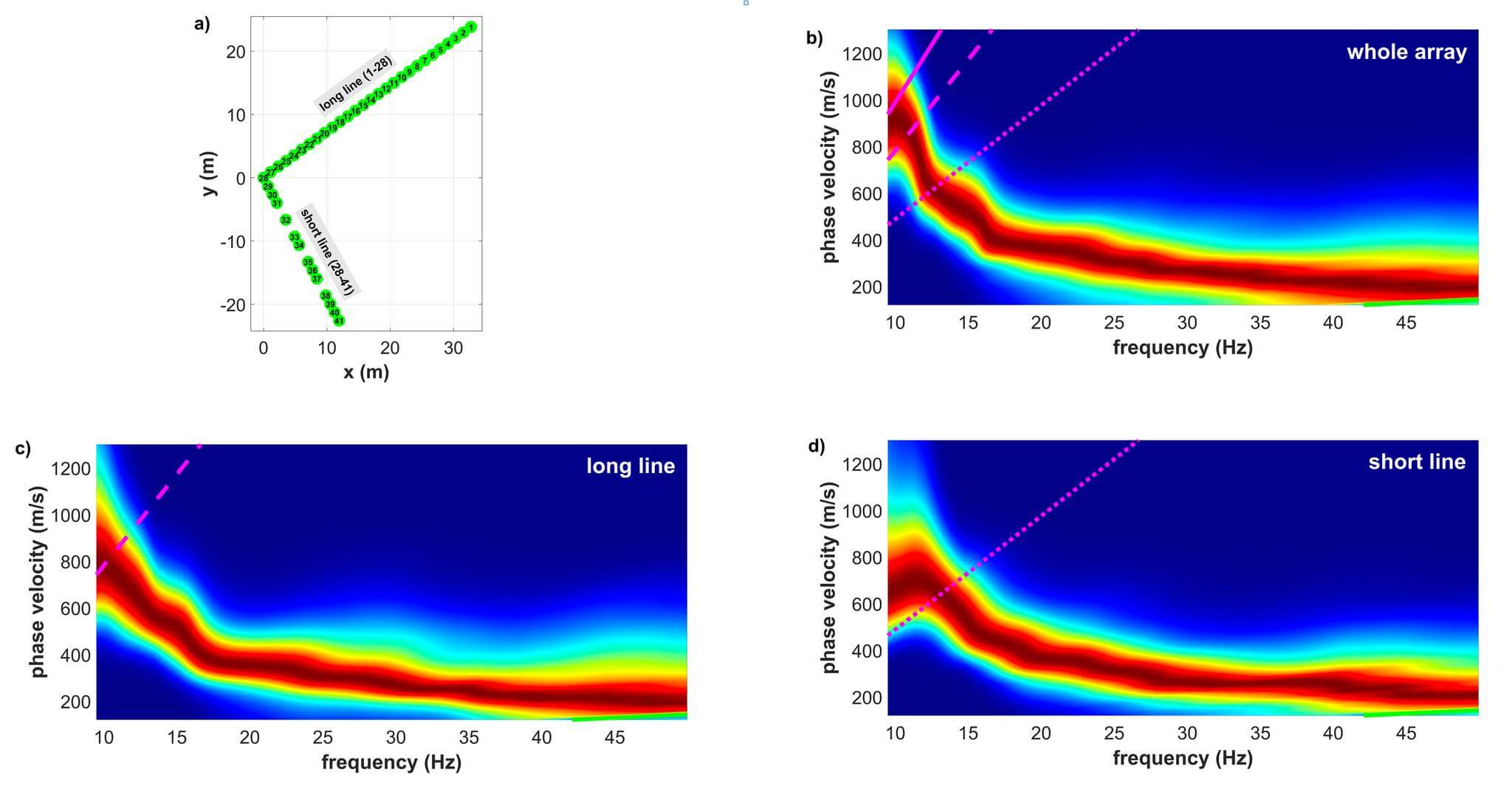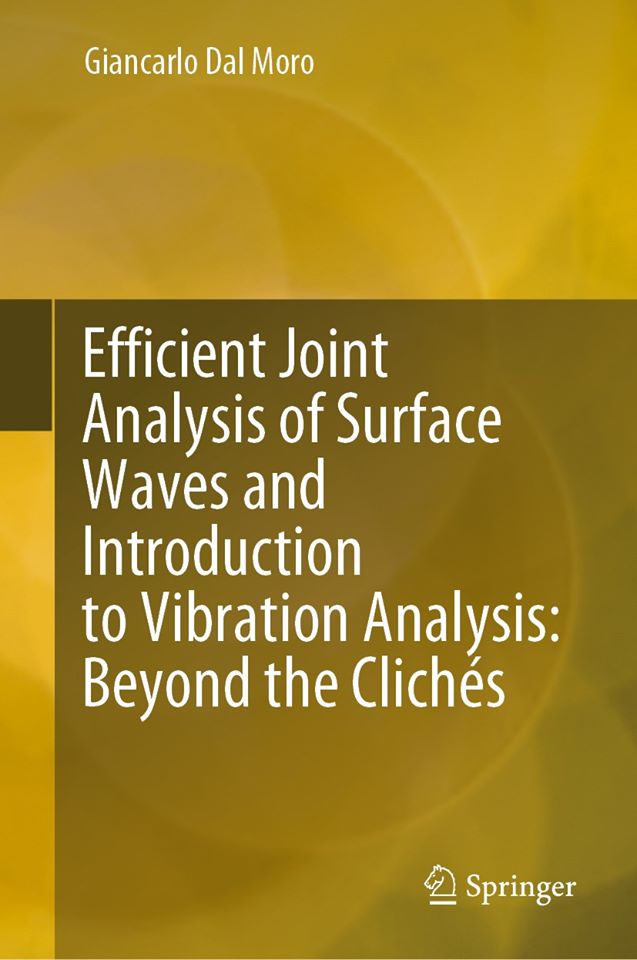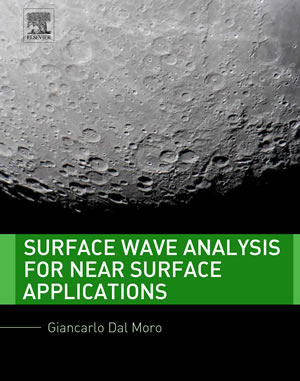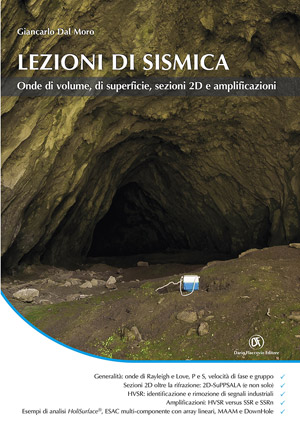New article on GEOPHYSICS: Determination of the Vs profile at a “noisy” industrial site via active and passive data
Determination of the Vs profile at a “noisy” industrial site via active and passive data: The critical role of Love waves and the opportunities of multicomponent group velocity analysis
Dal Moro G. & Mazanec M., 2024, GEOPHYSICS – Society of Exploration Geophysicists (SEG)
Volume 89, Issue 3
DOI: 10.1190/geo2022-0540.1
Link: https://library.seg.org/doi/10.1190/geo2022-0540.1
Standard MASW approach can lead to erroneous or inaccurate Vs profiles. We explore the role of Love waves and the use of the group velocities (which can be obtained using a single 3C geophone).
ABSTRACT
To define the procedures necessary to unambiguously define the subsurface model, a comprehensive set of active and passive seismic data was collected in an industrial area characterized by an extremely high level of background microtremors. Passive data are recorded to define three observables: the dispersion curve of the vertical component of Rayleigh waves via Miniature Array Analysis of Microtremors, the Love-wave dispersion curve via Extended Spatial AutoCorrelation, and the Horizontal-to-Vertical Spectral Ratio (HVSR). Active data used for the holistic analysis of surface waves are extracted from data recorded through a hybrid acquisition procedure accomplished with only two 3C geophones used to simultaneously define the HVSR at two points. Defined observables are combined according to three different approaches: the joint analysis of Rayleigh waves and HVSR, the joint analysis of Rayleigh and Love waves together with the HVSR, and the joint analysis of multicomponent group velocities together with the HVSR and Rayleigh-wave Particle Motion (RPM) curves. In agreement with the theory, data indicate that, in general, surface-wave modeling cannot be performed considering modal dispersion curves: dispersion obtained from passive data needs to be modeled considering the effective curve, whereas group velocity obtained from active data can be analyzed using the full velocity spectrum technique. Results indicate that joint inversion of Rayleigh-wave dispersion and HVSR does not necessarily ensure the correctness of the obtained S-wave velocity (Vs) profile and that Love waves represent a key observable to fully constrain an unambiguous inversion procedure. However, the joint analysis of multi-component group velocity spectra (from active multi-component single-offset data) together with the HVSR and RPM curves is a further efficient way to obtain robust Vs profiles through the active and passive data obtained by a single 3C geophone.
- NEWS ARCHIVE
- share:


